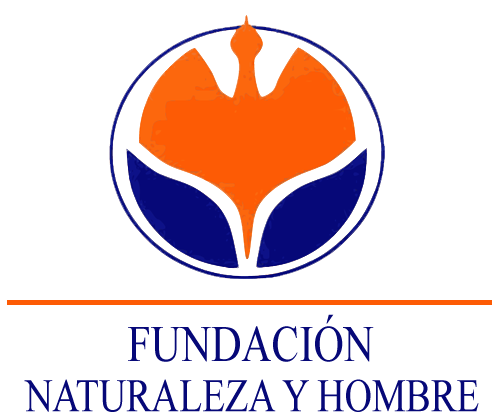THE AREA
The area of the Iberian West is located in the Mediterranean Bioclimatic Region, in an environment of high ecological value, as it is home to some of the most emblematic species of the Iberian Peninsula.
The province of Salamanca, and specifically the region of Ciudad Rodrigo or Campo Charro, is the enclave of the Iberian West in which FNYH manages two of its reserves included in the Areas for Life Programme: Dehesa Boyal de Espeja and the Riscos del Águeda.
The natural interest of this region of Ciudad Rodrigo or Campo Charro is evident thanks to its inclusion in the Natura 2000 Network, through the declaration of sites of community importance (SCI): el Rebollar, 49,850 ha, Campo de Azaba, 36,495 ha and Campo de Argañán, 17,303 ha; and the declaration of the latter two as special protection areas for birds (SPA).
Campo Charro is an area of great natural wealth, with a landscape shaped by extensive Mediterranean holm oak forests and significant pasturelands, which constitute one of the main values that have led to its inclusion in the Natura 2000 Network. This habitat also hosts a wide range of animal species protected under different figures of the National Catalogue of Threatened Species (Of Special Interest, Vulnerable or Endangered), such as the Black Stork (Ciconia nigra), the Imperial Eagle (Aquila adalberti), the Black Vulture (Aegypius monachus), the Golden Eagle (Aquila chrysaetos) or the Eagle Owl (Bubo bubo).
In this territory, bordered to the south by the Sierras de Gata and France and to the west by neighbouring Portugal and its Sierra de Malcata Natural Reserve, are the municipal reserves of Riscos del Águeda and Dehesa Boyal de Espeja, both managed by the Fundación Naturaleza y Hombre and included in the Areas for Life Programme
Programme objectives
- To improve the state of biodiversity in a territory of 132,600 hectares derived from the Natura 2000 sites: Campo de Azaba, Campo de Argañán and Malcata.
- To intervene a reserve area of 500 ha (1% of the Campo de Azaba SPA, approximately 0.4% of the whole), located in the centre of the site.
- Integral-active management. With a direct benefit on the species with the greatest dispersion efficiency (birds, insects and plants).
- To avoid the lack of transversal permeability for the species in this space. Problem resulting from the type of property- soil use (many fenced private properties with intensive use).
- To create a reserve area without intensive use and not subject to hunting.
- To provide biodiversity to the rest of the large Natura 2000 Network area.
- To increase the surface area and improve the state of conservation of 7 habitats.
- To elaborate indicators: evaluation of biodiversity and quality of habitat.
- To elaborate protocols for the sustainable management of dehesa habitat.
- To develop predictive models that can be extrapolated to Mediterranean open woodland areas with livestock use in any European Union country.
OFICINAS CENTRALES FNYH
Dirección: Av. De España Nº 25 Entlo, 39610 El Astillero Cantabria
Tlf: 942 55 91 19 / 679181483
fundacion@fnyh.org
DELEGACIÓN PARA PORTUGAL
Dirección: Rua do Conde de Redondo 8-5º dt 1150-115 Lisboa Tlf: (++351) 919 784 981 crc@erena.pt
CASA DE LA NATURALEZA-MARISMAS DE ALDAY
Dirección: C/ Alday (junto al parking de Valle Real), Maliaño, Cantabria
Tlf: 679 181 472
educacionambiental@fnyh.org
DELEGACIÓN PARA SUDAMÉRICA
Iguazú iguazuconservation@fnyh.org
ECOMUSEO-FLUVIARIUM DE LIÉRGANES
Dirección: C/ Camino Real, 9, 39722 Liérganes, Cantabria
Tlf: 942 52 81 96
fluviarium@fnyh.org
DELEGACIÓN PARA ÁFRICA
Tanzania fundacion@fnyh.org
VIVERO Y CENTRO ETNOBOTÁNICO EL PENDO
Dirección: 39609 Camargo, Cantabria
Tlf: 942 25 88 08
vivero@fnyh.org

ESTACIÓN BIOLÓGICA CAMPANARIOS DE AZABA
Dirección: Camino de La Alamedila, SN 37497 Espeja, Salamanca
Tlf: 923481401
campanarios@fnyh.org
